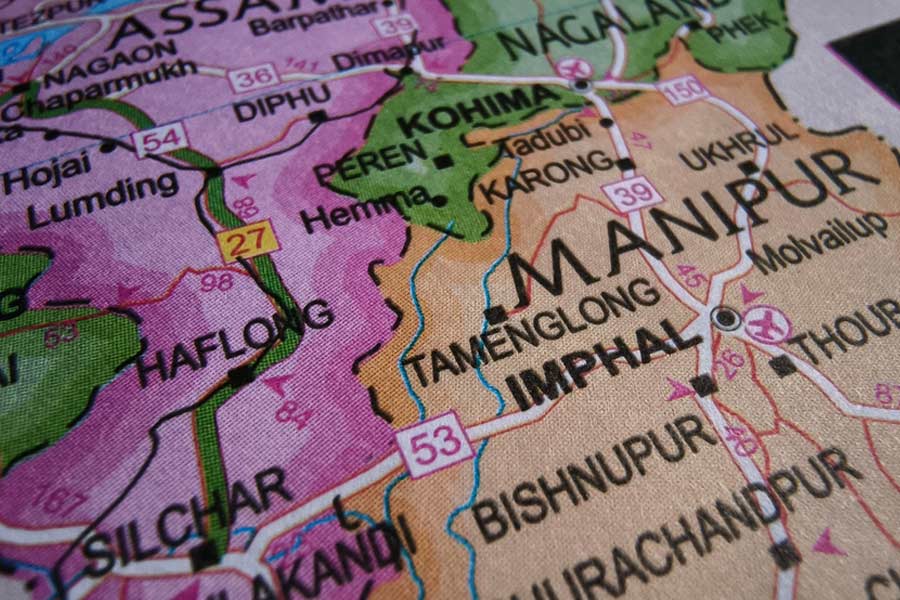
Calcutta: Hawkers are banned from doing business on roads and required to leave two-thirds of every pavement they occupy free for walking under the first set of rules framed by the Bengal government to regulate street vending.
Every municipal body will have a town vending committee to identify and issue licences to hawkers, according to the West Bengal Urban Street Vendors (Protection of Livelihood and Regulation of Street Vending) Rules, 2018.
In Calcutta, where almost every street has a pavement that hawkers have snatched from pedestrians, a survey will be done to put a number to their population and pinpoint their locations.
The town vending committee will draw up a list of vending and no-vending zones. A no-vending zone would typically include a bus stop, a small pavement and a narrow street or lane.
The new rules bar hawkers from blocking the entrance-exit of shops and houses and affecting the functioning of schools, colleges, hospitals and offices in any way. "Any structure with tarpaulin or any other inflammable article shall not be allowed," the document states.
Tarpaulin sheets used by hawkers to create stalls on pavements are an eyesore. Many tie the ends of a sheet to balconies or pillars of houses and shops along pavements, often blocking signage out of view.
While making recommendations for vending zones, a town vending committee is supposed to take into consideration the road width, traffic flow and the pedestrian movement in that area.
State government and Calcutta Municipal Corporation (CMC) officials admitted that implementing some of the rules would be a challenge and that a large section of hawkers might need to relocate, a prospect fraught with political risk.
Sub-rule 6 of rule 14 states that "vending on the black top of the road is strictly prohibited". In the New Market area, the entire black-top road to the east of the shopping hub is occupied by hawkers.

Parking on Bertram Street, the road leading to Lindsay Street from Chaplin Park, is a test of nerves and precision driving because of the congestion caused by hawkers there.
During a visit to Calcutta on August 1, Prithvi Raj Singh Oberoi, the executive chairman of East India Hotels Ltd that owns The Oberoi Grand, had bemoaned the lack of civic action against hawkers who occupy the arcade of this Chowringhee landmark.
"If you want to buy something from the Grand Arcade, you can't go there. The shopkeepers are crying," he said.
Oberoi mentioned that he had written to the mayor of Calcutta about it but did not get a reply.
The next day, the CMC and the police made hawkers occupying The Oberoi Grand Arcade remove their plastic sheets, many of which had blocked the facade of the shops lining the famous hotel. The arcade is now visible from Chowringhee Road, although the space in front remains a hawker zone.

Bengal has framed its hawker rules four years after Parliament passed the Street Vendors (Protection of Livelihood and Regulation of Street Vending) Act. The act mandates that all state governments must have their own set of rules.
Previous attempts at reining in hawkers have all failed. The Left Front-run CMC, under instructions from Jyoti Basu, had launched Operation Sunshine in 1996 to remove hawkers from the pavements. Prasanta Chatterjee, who was then the mayor of Calcutta, was opposed to the idea but Kanti Ganguly, a mayoral council member, supervised the operation with Subhas Chakraborty.
Operation Sunshine had to be called off ultimately because of a split within the CPM over the campaign.
In 2006, when Bikash Ranjan Bhattacharyya was the mayor, the civic body decided to allow hawkers to occupy a third of the pavements along all streets. The condition was that hawkers wouldn't be allowed to occupy any space within a 50-metre radius of crossings.
Pictures by Pradip Sanyal










